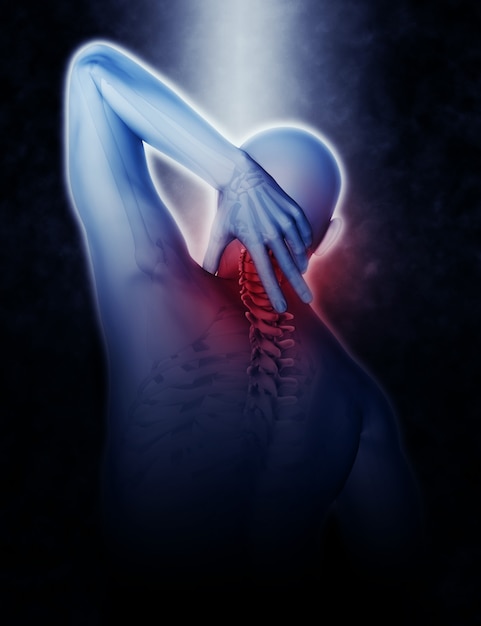Content:
As we age, one common change we experience is the gradual wearing down of our joints. Joints are crucial for our flexibility, stability, and movement, and it’s our responsibility to keep them healthy through proper nutrition, supplements, and exercise.
Over time, however, joints can degrade significantly, leading to pain, discomfort, and reduced mobility, particularly after the age of 50. This article explores the causes, symptoms, and prevention strategies for joint deterioration.
Joints are the points where two or more bones connect. The main types of joints include Synovial Joints, Cartilaginous Joints, and Fibrous Joints. Understanding these types of joints helps us grasp how they can deteriorate over time.
Joint deterioration can happen due to several factors, not just aging. These include aging itself, obesity, injuries, genetics, inflammatory conditions, and overuse and misuse of joints.
Recognizing symptoms early can lead to better management and treatment. Common symptoms include pain, stiffness, swelling, reduced range of motion, grinding sensation, and deformities.
While some factors are unavoidable, various strategies can help minimize the risk of joint problems. These include maintaining a healthy weight, staying physically active, eating a balanced diet, avoiding overuse and misuse, protecting the joints, seeking medical attention, and considering surgery in severe cases.
Understanding how joints wear down over time is the first step in keeping them healthy. While aging is a major factor, genetics, obesity, injuries, and inflammation also contribute. Recognizing the symptoms and taking preventive measures can significantly reduce joint problems. By caring for our joints, we can enjoy better mobility and quality of life as we age.

